A jambalaya seasoning packet is a pre-mixed blend of spices designed to simplify cooking authentic jambalaya. It typically contains paprika, cayenne pepper, garlic powder, onion powder, thyme, oregano, black pepper, salt, and sometimes bay leaf or red pepper flakes. This guide explains what's inside, how to choose the best brand, and how to use it for perfect jambalaya every time.
Whether you're a beginner or an experienced cook, this comprehensive guide covers everything you need to know about jambalaya seasoning packets — from flavor profiles and brand comparisons to usage tips and FAQs.
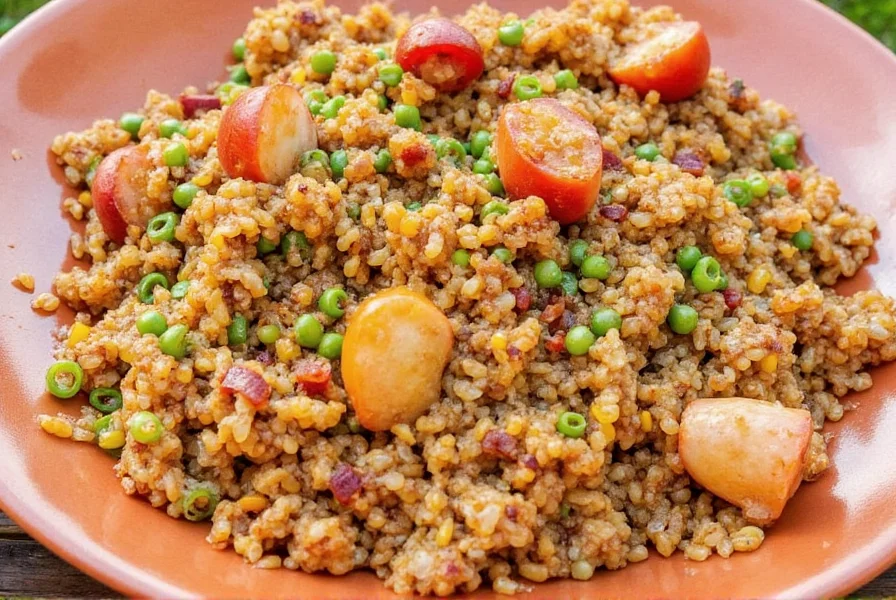
Table of Contents
- What Exactly Is Jambalaya Seasoning?
- Why This Little Packet Matters So Much
- Top 5 Jambalaya Seasoning Brands Compared
- How to Use It Like a Pro
- Buying Guide: Picking Your Perfect Match
- FAQ: Everything You've Ever Wondered
- Final Thoughts
What Exactly Is Jambalaya Seasoning?
Jambalaya seasoning is a blend of spices traditionally used to infuse flavor into the Creole dish known as jambalaya — a spicy, hearty rice dish packed with meats like andouille sausage, chicken, and shrimp. While recipes vary by region, most jambalaya seasoning packets contain:
- Paprika
- Cayenne pepper
- Garlic powder
- Onion powder
- Thyme
- Oregano
- Black pepper
- Salt
- Bay leaf
- Red pepper flakes (sometimes)
The balance of these ingredients determines whether your jambalaya will be mild and earthy or fiery and bold. Some blends even include a hint of citrus zest or dried bell peppers for complexity.
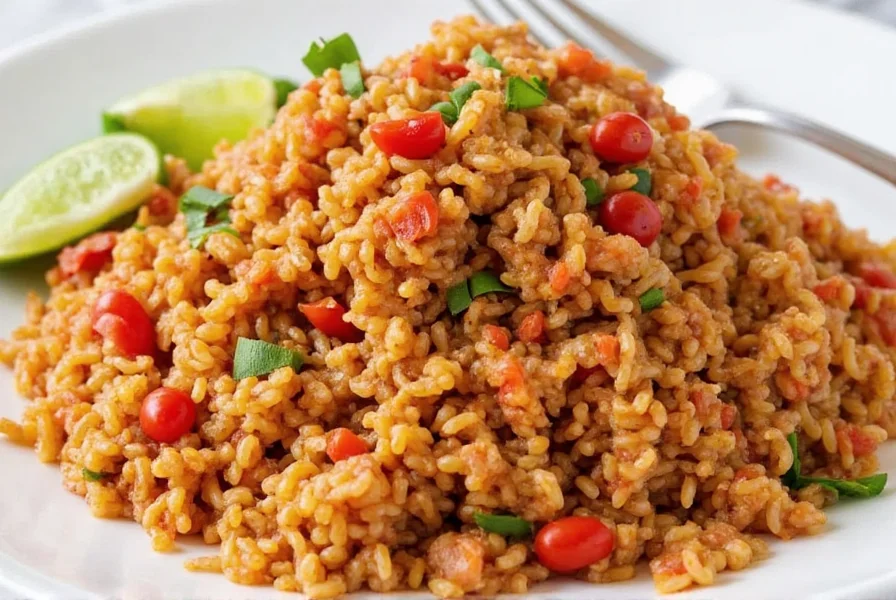
Why This Little Packet Matters So Much
You might think of seasoning packets as just convenience items — and sure, they are convenient. But the truth is, a good jambalaya seasoning packet does more than save time; it brings consistency and authenticity to your cooking.
Flavor vs. Convenience
| Factor | Making From Scratch | Using a Packet |
|---|---|---|
| Taste Control | High (customizable) | Moderate (pre-balanced) |
| Time Required | Medium to High | Low |
| Consistency | Varies per batch | Very consistent |
| Storage Space | Needs pantry space | Minimal shelf space |
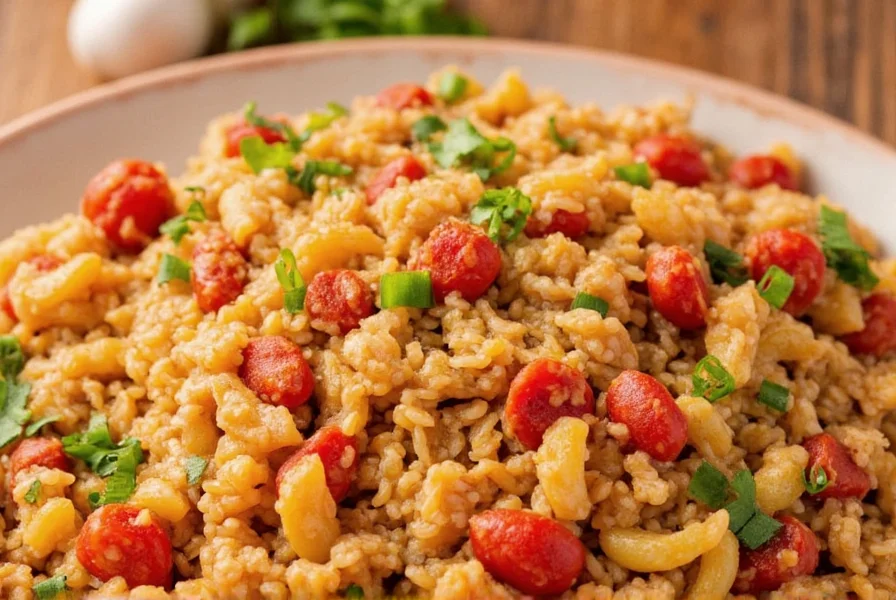
Top 5 Jambalaya Seasoning Brands Compared
With so many options on the market, choosing the best jambalaya seasoning packet can feel overwhelming. Let's take a look at five top contenders and see how they stack up.
1. Zatarain's Jambalaya Mix
- Flavor Profile: Smoky, savory, mildly spicy
- Best For: Classic Southern jambalaya lovers
- Key Ingredient: Celery seed adds depth
- Pros: Reliable, family-friendly heat level
- Cons: Not very customizable
2. Tony Chachere's Creole Seasoning (Jambalaya Style)
- Flavor Profile: Bold, zesty, peppery
- Best For: Those who crave heat and punch
- Key Ingredient: Red pepper flakes for kick
- Pros: Versatile for other dishes too
- Cons: Might be too spicy for some
3. Slap Ya Mama Cajun Seasoning
- Flavor Profile: Robust, meat-forward, slightly sweet
- Best For: Pairing with smoked sausage or pork
- Key Ingredient: Natural hickory smoke flavor
- Pros: Complex layers of spice and sweetness
- Cons: Less traditional in style
4. McCormick Cajun Seasoning
- Flavor Profile: Balanced, earthy, moderately spicy
- Best For: Everyday cooking and beginners
- Key Ingredient: Paprika-rich blend
- Pros: Affordable and widely available
- Cons: Mild compared to others
5. Luzianne Jambalaya Mix
- Flavor Profile: Rich, comforting, slightly herbal
- Best For: Traditional Creole-style dishes
- Key Ingredient: Basil and oregano for herbal lift
- Pros: Great for large batches
- Cons: Tends to be saltier than others
Comparison Table
| Brand | Heat Level | Herbiness | Price | Recommended For |
|---|---|---|---|---|
| Zatarain's | Mild | Medium | $$$ | Traditionalists |
| Tony Chachere's | Hot | Low | $$ | Spice Lovers |
| Slap Ya Mama | Medium-Hot | Low-Medium | $$ | Meat-based Dishes |
| McCormick | Mild | Medium | $ | Beginners & Budget Cooks |
| Luzianne | Mild | High | $$ | Large Family Meals |
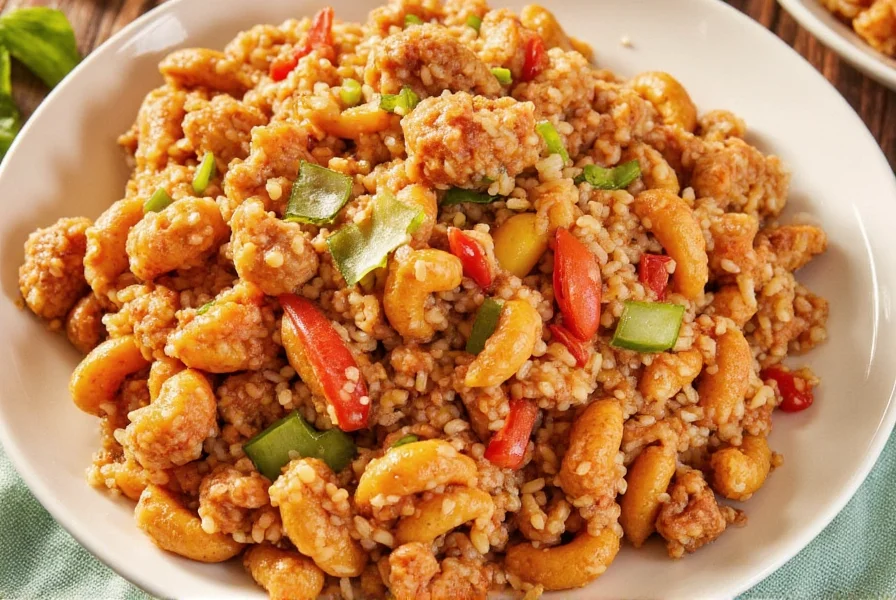
How to Use a Jambalaya Seasoning Packet Like a Pro
Just because it comes in a packet doesn't mean you can't elevate your jambalaya game. Here are five pro tips to help you get the most out of your jambalaya seasoning packet.
1. Don't Just Pour It In — Toast It First!
To unlock deeper flavors, add the seasoning to your oil before adding the rice or protein. This 'toasting' method helps bloom the spices and reduces any rawness in the powder.
2. Layer with Fresh Herbs
A packet might give you the base, but fresh parsley or green onions stirred in at the end bring brightness and texture. Try adding chopped basil or cilantro for a modern twist.
3. Add Heat Post-Cooking
If you find your jambalaya lacks kick, stir in a few drops of hot sauce or a pinch of crushed red pepper at the end. This gives you control without over-spicing during cooking.
4. Repurpose the Packet for Other Dishes
This isn't just a one-trick pony! Use leftover seasoning on roasted vegetables, grilled chicken, or even popcorn. A little goes a long way.
5. Customize the Blend
If you like to tweak things, open the packet and adjust the ratio of cayenne or add extra garlic. Think of it as a foundation, not the final blueprint.
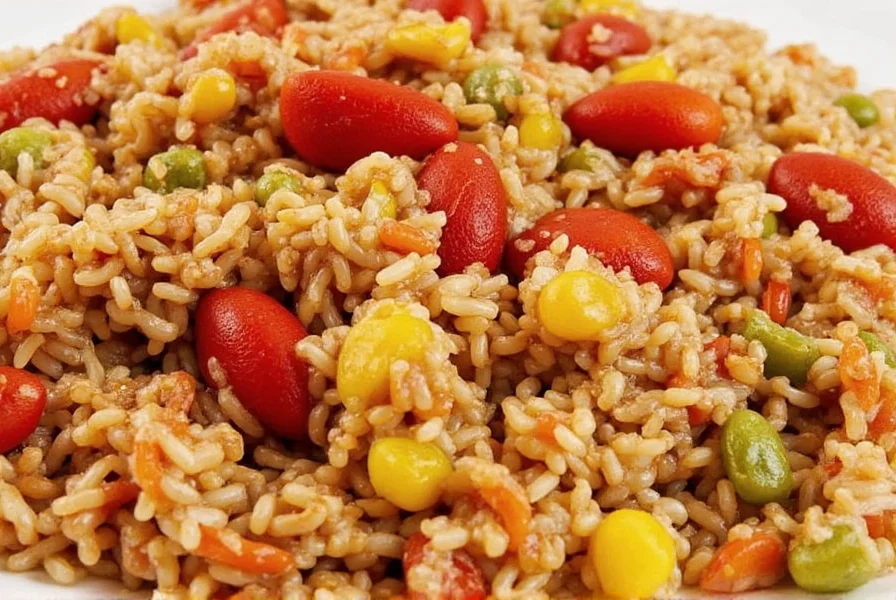
Buying Guide: How to Choose the Best Jambalaya Seasoning Packet
Ready to stock up? Here's what to look for when shopping for a jambalaya seasoning packet:
1. Know Your Flavor Preferences
- Want smoky? Look for hickory or paprika-heavy blends.
- Love heat? Opt for versions with added cayenne or red pepper flakes.
- Prefer herbaceous? Go for mixes with thyme, bay leaf, and oregano.
2. Check the Salt Content
Some packets are salt bombs. If you're watching sodium, look for low-sodium options or mix your own to reduce salt levels.
3. Consider the Cooking Method
- Slow cooker? Pick blends that build flavor slowly, like those with garlic and onion powder.
- Stovetop? Opt for smoky or spicy blends that bloom quickly.
4. Think About Use Cases
| Cooking Scenario | Recommended Blend |
|---|---|
| Family dinner | Zatarain's or Luzianne |
| Dinner party with foodies | Slap Ya Mama or Tony Chachere's |
| Kid-friendly meal | McCormick or mild version |
| Camping or camping stove | Any portable packet, preferably oil-free |
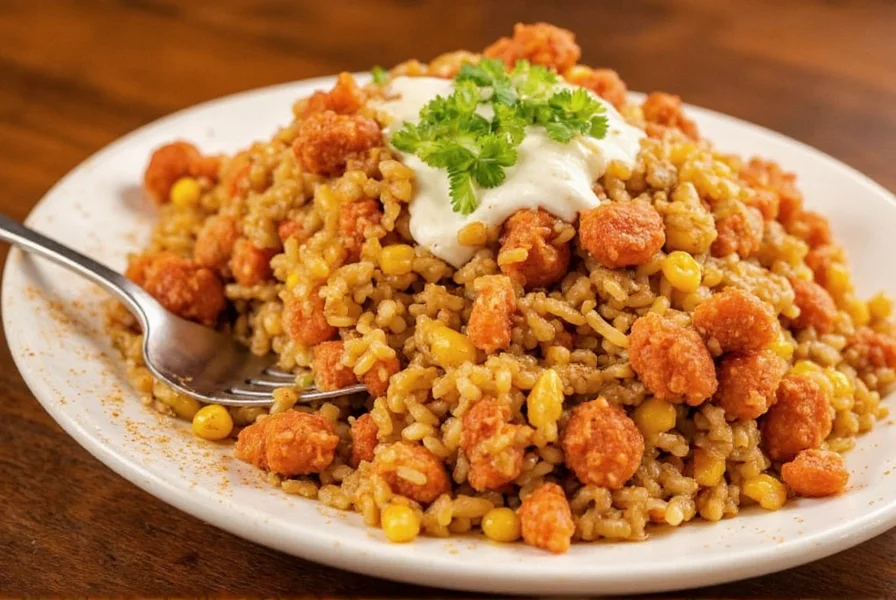
5. Read Reviews
Before buying, check reviews from other users. Do they mention the flavor being "balanced" or "too salty"? Did they say it was "easy to use" or "confusing"?
FAQ: Everything You've Ever Wondered About Jambalaya Seasoning Packets
Can I use jambalaya seasoning instead of Cajun seasoning?
Yes, but expect more herbal notes and possibly less heat. Cajun seasoning tends to be spicier with more emphasis on cayenne pepper, while jambalaya seasoning leans toward smoky and aromatic with more herbs like thyme and oregano. They're similar but not identical - jambalaya seasoning is specifically formulated for rice-based dishes.
Is jambalaya seasoning gluten-free?
Most commercial jambalaya seasoning packets are gluten-free, but always read the label carefully. Some blends may contain fillers or anti-caking agents with gluten traces. Brands like Zatarain's, Tony Chachere's, and Slap Ya Mama clearly label their gluten-free options. If you have celiac disease or severe sensitivity, look for certified gluten-free products or make your own blend.
Can I make my own jambalaya seasoning?
Absolutely! A simple homemade blend includes: 2 tablespoons paprika, 1 tablespoon garlic powder, 1 tablespoon onion powder, 1 tablespoon dried thyme, 1 tablespoon dried oregano, 2 teaspoons black pepper, 1 teaspoon cayenne pepper (adjust to taste), and 1 teaspoon salt. Mix thoroughly and store in an airtight container. Homemade versions let you control salt content and tailor the heat level to your preference.
What meats pair best with jambalaya seasoning?
Andouille sausage is the classic choice for its smoky, spicy flavor that complements the seasoning perfectly. Chicken thighs, shrimp, and smoked pork shoulder also work beautifully. For authentic Creole jambalaya, use a combination of proteins. Vegetarian options include mushrooms, bell peppers, and chickpeas, which absorb the flavors well. Remember to brown meats properly before adding the seasoning for maximum flavor development.
How long does a jambalaya seasoning packet last?
Unopened packets typically maintain peak flavor for 18-24 months when stored in a cool, dry place. Once opened, use within 6 months for optimal flavor, though it remains safe to consume much longer. To extend shelf life, transfer opened seasoning to an airtight container. Signs of degraded quality include faded color, diminished aroma, and clumping. Properly stored, the spices won't spoil but will gradually lose potency.
Where can I buy jambalaya seasoning packets?
You can find jambalaya seasoning packets at most major grocery stores in the spice or international foods aisle. Popular brands like Zatarain's and Tony Chachere's are widely available at Walmart, Target, and Kroger. For specialty brands, check at stores like Whole Foods, Publix, or regional supermarkets in the Southern United States. Online options include Amazon, Walmart.com, and specialty food websites. Ethnic grocery stores often carry authentic regional brands at competitive prices.
How much jambalaya seasoning should I use per cup of rice?
Most commercial packets are designed for 2 cups of uncooked rice, which yields about 6 cups cooked. For homemade blends, use 2-3 tablespoons per 2 cups of uncooked rice. Always check package instructions as concentrations vary by brand. If making a large batch, don't simply double the seasoning - increase by 1.5x instead to avoid overpowering the dish. Remember you can always add more seasoning during cooking, but you can't remove excess once added.
What's the difference between jambalaya mix and jambalaya seasoning packet?
A jambalaya seasoning packet contains only spices and seasonings, while a jambalaya mix typically includes rice and dehydrated vegetables along with the seasoning. Seasoning packets offer more flexibility as you control the rice quality and cooking method, while mixes provide complete convenience but often contain preservatives and higher sodium levels. For authentic results, seasoning packets are preferred by most chefs, while mixes cater to those seeking maximum convenience.
Can I use a jambalaya seasoning packet for dishes other than jambalaya?
Absolutely! Jambalaya seasoning works wonderfully as a versatile spice blend. Try it in black bean soup, on roasted potatoes, sprinkled over popcorn, or as a rub for grilled chicken or shrimp. It adds depth to tomato-based pasta sauces and enhances the flavor of bean dishes. Many Southern cooks use it in cornbread, deviled eggs, and even Bloody Mary cocktails. The complex blend of paprika, garlic, and herbs complements a wide variety of dishes beyond its namesake.
Are store-bought jambalaya seasoning packets vegan?
Most basic jambalaya seasoning packets are naturally vegan as they contain only dried spices and herbs. However, some specialty blends might include hidden non-vegan ingredients like dairy derivatives or shellfish extracts for umami. Always check the ingredient list for terms like "natural flavors" which could be animal-derived. Popular vegan-friendly brands include Slap Ya Mama (most varieties) and McCormick Cajun Seasoning. When in doubt, contact the manufacturer for clarification.
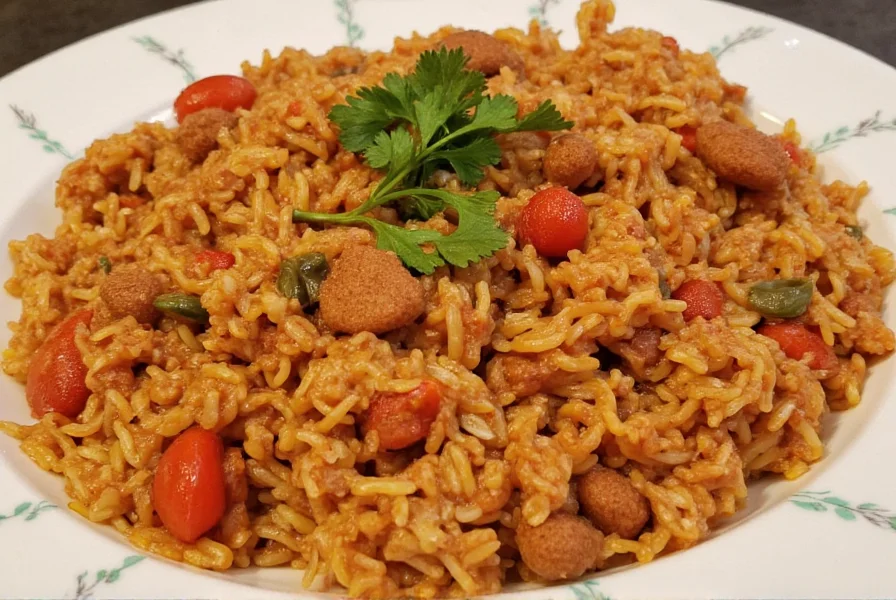
Final Thoughts: Spice Up Your Life (Literally)
A jambalaya seasoning packet might seem like a small thing, but it can make or break your meal. Whether you stick to a classic brand like Zatarain's or go wild with Slap Ya Mama, the right seasoning blend can transport your taste buds straight to New Orleans.
Don't be afraid to experiment, customize, and try different brands until you find your favorite. Remember, cooking is as much about exploration as it is about tradition.
Now grab your next pack, fire up the skillet, and let's make jambalaya that's worthy of applause!
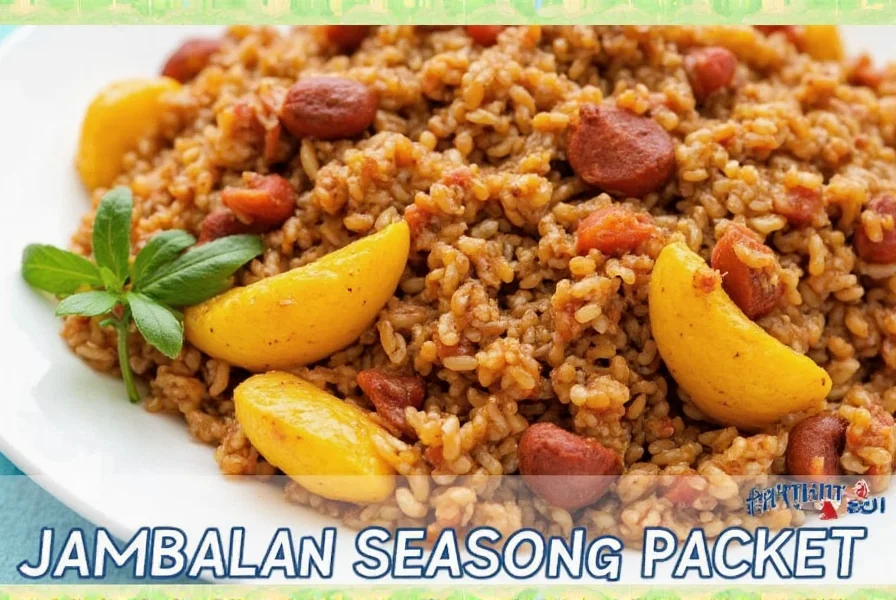

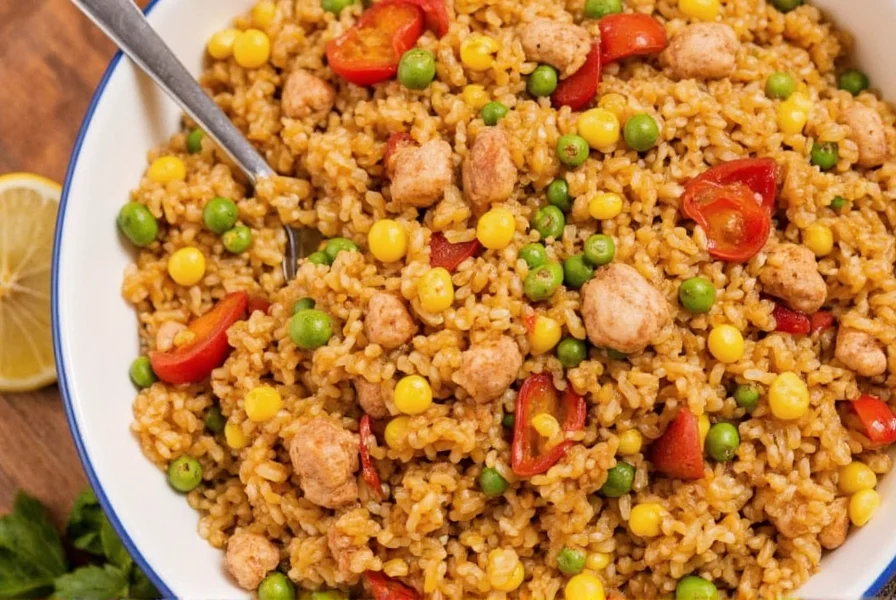









 浙公网安备
33010002000092号
浙公网安备
33010002000092号 浙B2-20120091-4
浙B2-20120091-4